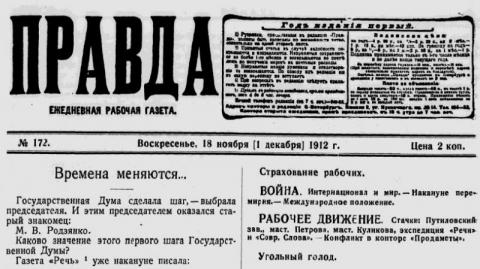Over the next two years, CRL will endeavor to expand member electronic access to historical and current news. CRL will work strategically with selected vendors to secure affordable terms for purchase and subscription to news databases for member libraries.
To inform its planning, CRL surveyed a subset of member institutions to gauge the extent of their current access to various commercially produced news databases. The results are presented in a spreadsheet linked to CRL’s News Topic Guide.
For purposes of the survey, “news” was defined broadly, encompassing both full-text and page-image databases (historical and current), abstracts and indexing services, and subject-specific or multi-disciplinary databases incorporating current awareness and news resources as part of their source content.
CRL found that larger libraries typically purchased or subscribed to an average of 70 different news databases (ranging from 27 products to 125). Smaller institutions were more selective, subscribing to 38 products on average (low 20, high 65). This is based on nearly 290 titles or products tracked.
As a whole, large and small institutions maintain roughly equivalent subscription coverage for current news databases. Databases like LexisNexis Academic, New York Times, and Ethnic NewsWatch were held by nearly all libraries (Factiva is widely held by large libraries, but by only 15 percent of the smaller institutions surveyed). There is greater variation in take-up for historical news databases, excepting “top-tier” resources such as NYT and Los Angeles Times Historical, and selected other premium databases (America’s Historical Newspapers, etc).
Generally lowest in priority for each category of institutional subscription include international news sources (current, historical), regional historical sources, and narrowly defined subject indexes.
They survey findings provide a snapshot of news resources offered through commercial publishers, and the relative availability of such resources at large and smaller CRL libraries. CRL will use the data to shape its strategy for expanding electronic access to key primary source databases for its members.


